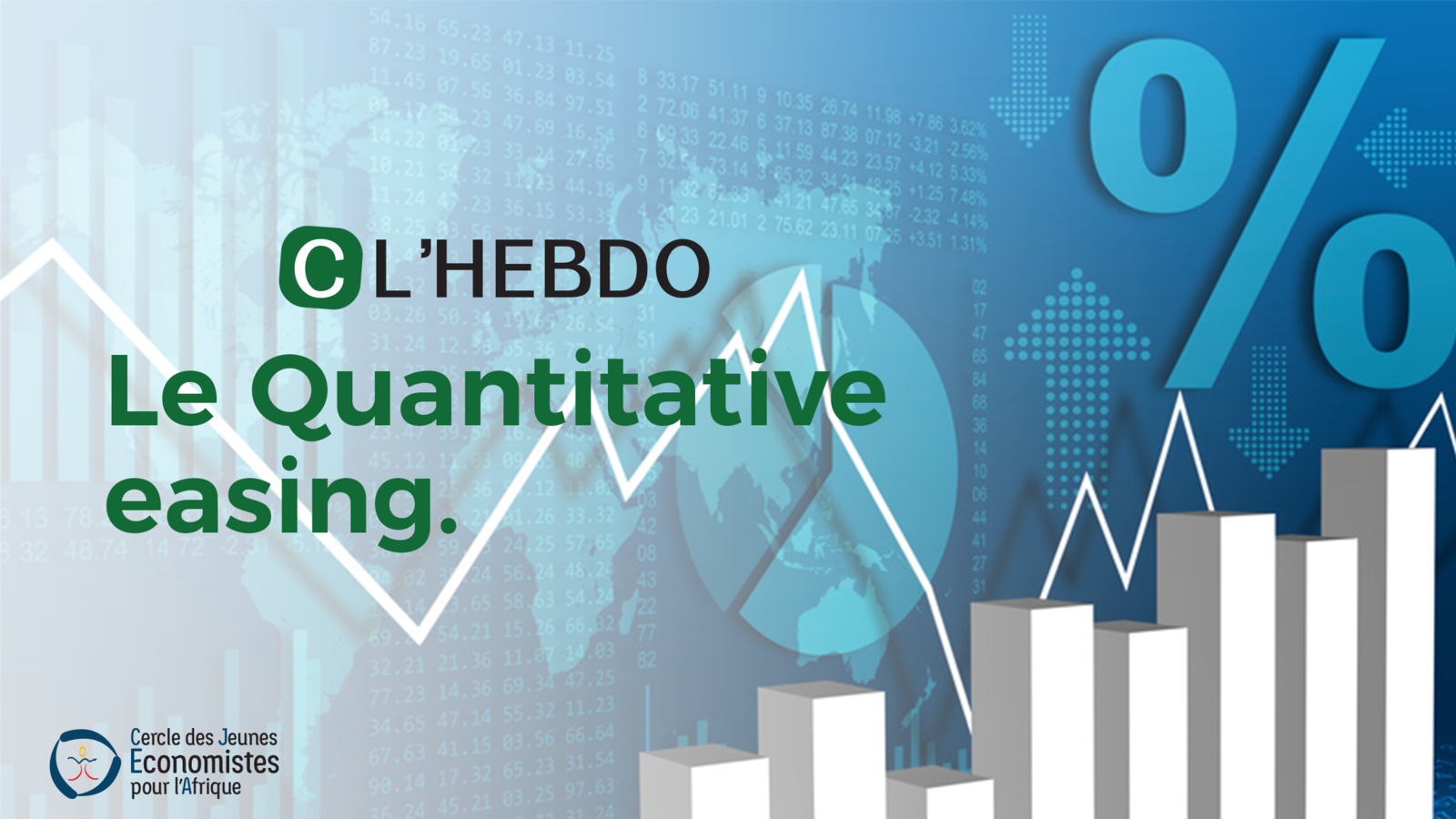
The simple play of the market is no longer sufficient to ensure the equilibrium of economies. For this reason, the public authorities (States, institutions, etc.) intervene through economic policy to regulate macroeconomic imbalances. Depending on the objective sought (price stability, external balance, growth, employment), it uses different instruments (monetary policy, fiscal policy, income policy, etc.).
Monetary policy is the instrument used by the public authorities to ensure price stability. More generally, monetary policy is <<the set of means implemented by a state or a monetary authority to act on economic activity through the regulation of its currency>>
To achieve this mission, the monetary authorities traditionally use the interest rate, which is nothing more than the price over time. Through interest rate movements, the monetary authorities can accelerate or slow down the pace of economic activity.
Since the financial crisis of 2008 and faced with the new challenges of the last decade, monetary authorities (mostly Central Banks) have resorted to a new tool called non-conventional. This is quantitative easing, better known under the anglicism "Quantitative Easing (QE)". The monetary authorities massively buy financial assets (government bonds, corporate bonds, etc.) from commercial banks and provide them with liquidity in return. The commercial banks, having thus important financial resources and in search of profitability, finance the economic activity (public and private investment projects, etc.). It is said that Central Banks inject liquidity into the economy.
In the WAMU zone, the money market is the place where authorized financial institutions exchange liquidity with the Central Bank or among themselves. It is composed of the intervention windows of the BCEAO and the interbank market. The BCEAO intervenes on this market to provide or take over liquidity in order to control the interest rates charged on the interbank market. The Central Bank intervenes in open market operations, refinancing on the permanent windows and the intraday advance window.
Tenders or open market operations are the main means of intervention by the Central Bank and are conducted through the sale, purchase or repurchase of securities or bills. They include the main liquidity injection operations with a maturity of one week, long maturities of between one (1) and twelve (12) months, liquidity withdrawal operations, one-off adjustment operations and temporary or final sales of securities on the interbank market.
In addition to the tender window, the Central Bank has set up permanent windows (marginal lending window, special refinancing window and intraday advance window) to provide back-up liquidity to eligible credit institutions on demand.
On the marginal lending window, BCEAO offers refinancing opportunities with maturities ranging from one (1) to seven (7) days, while on the special refinancing window, eligible counterparties can benefit from advances with maturities ranging from three (3) to twelve (12) months. The intraday advance window is available to participants to meet cash flow needs during a trading day. Advances from this window are repayable on the same day and are interest-free.
Access to BCEAO's refinancing windows is reserved for credit institutions and community institutions as provided for in Article 22 of the WAMU Treaty, subject to compliance with the prudential provisions applicable to banks and financial institutions as well as those governing the minimum reserve system. BCEAO's refinancing is backed by public or private bills and securities taken as collateral.